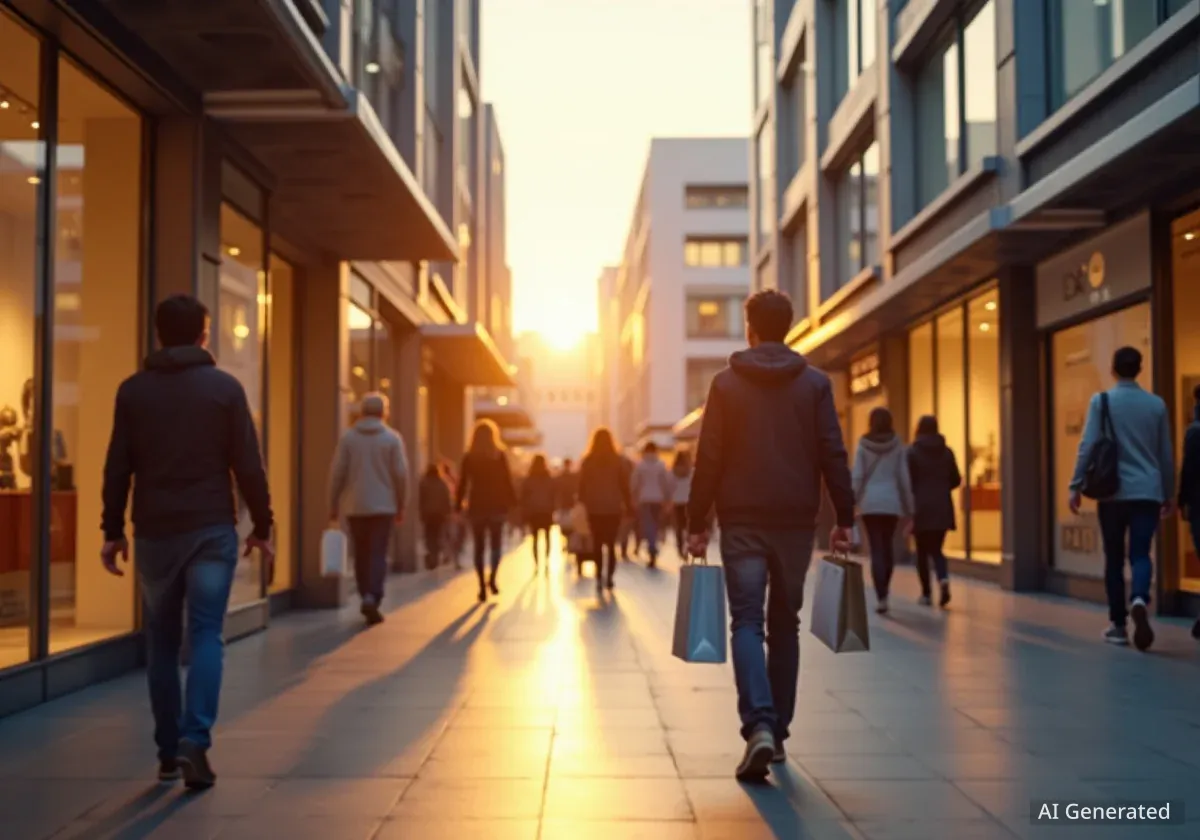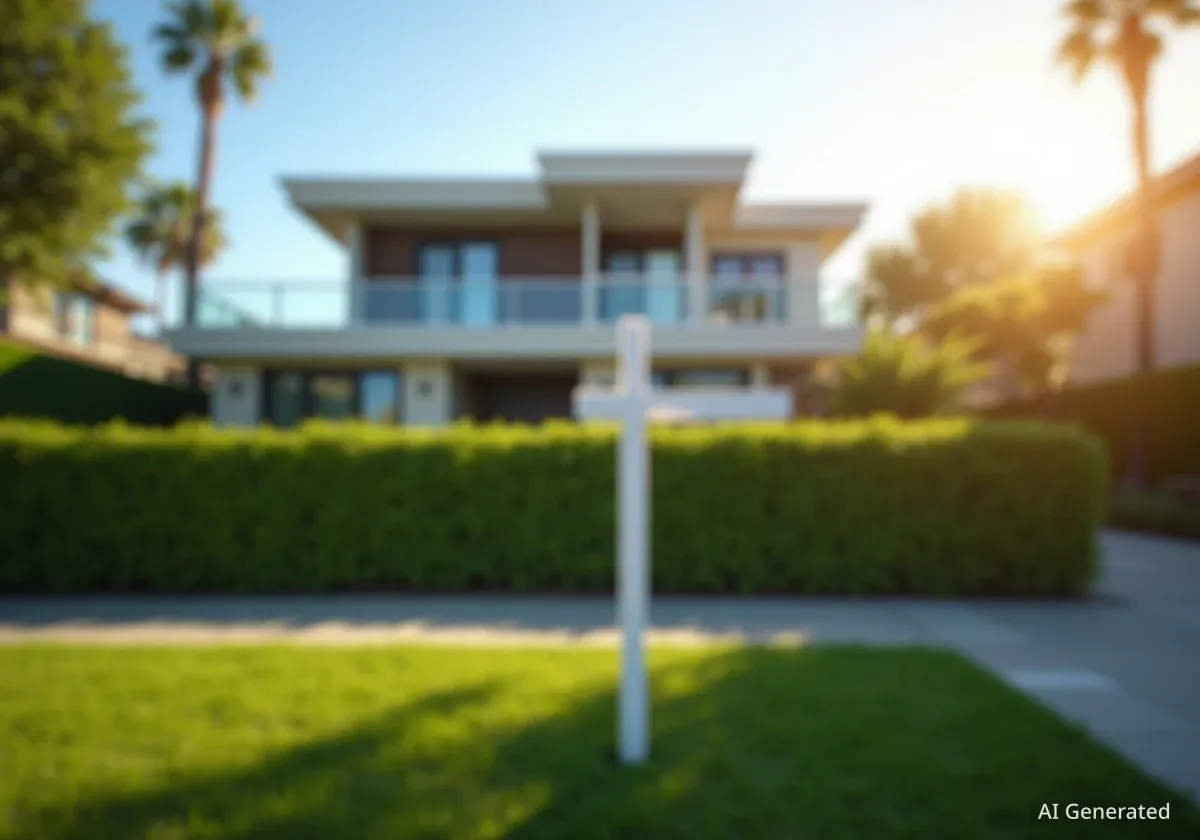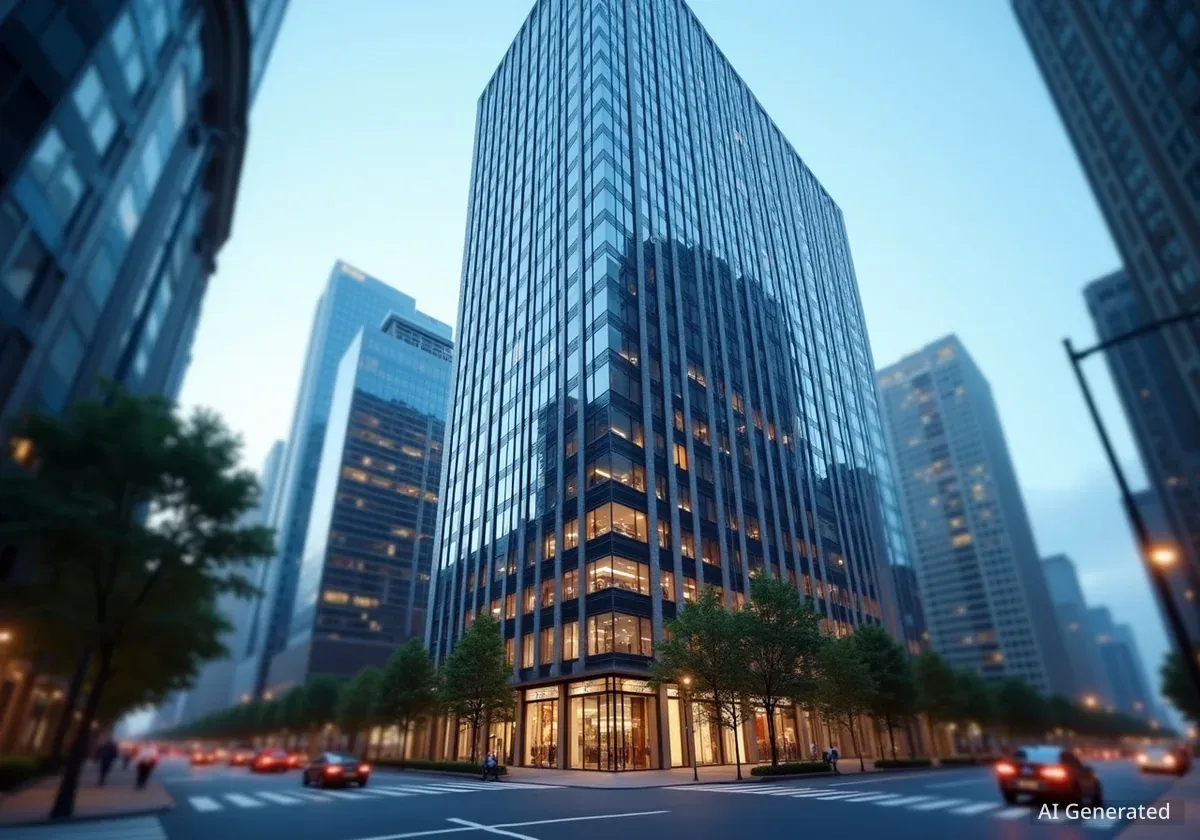Neighborhood retail centers across the Dallas-Fort Worth (DFW) area are experiencing a significant revival, achieving their highest occupancy rates in decades. This resurgence marks a dramatic turnaround for a retail category that once struggled with high vacancy, driven by regional population growth and new development strategies.
According to data from Texas-based real estate firm Weitzman, occupancy in these smaller, unanchored shopping centers has now surpassed 93 percent. This trend highlights a renewed demand for local, service-oriented businesses in one of the nation's fastest-growing metropolitan areas.
Key Takeaways
- Neighborhood retail center occupancy in Dallas-Fort Worth has exceeded 93%, a record high for the category.
- This is a major recovery from vacancy rates as high as 20% seen in the 1990s and early 2000s.
- The DFW market contains 662 neighborhood centers, totaling 40.4 million square feet of retail space.
- New developments are focused on strategic locations, modern design, and tenant mixes tailored to local communities, including dining, wellness, and essential services.
A Market Reversal From High Vacancy
The current health of DFW's neighborhood retail sector stands in stark contrast to its condition in previous decades. During the 1990s and early 2000s, this category of shopping centers faced significant challenges. Widespread overbuilding led to a surplus of poorly conceived and badly located projects.
This oversupply resulted in vacancy rates soaring as high as 20 percent, the highest among all retail center types in the Dallas-Fort Worth market at the time. The struggles of these centers were a persistent issue for property owners and local economies.
The Recovery Period
A crucial factor in the market's recovery was a near-total halt in new neighborhood center development that began approximately 15 years ago. This long pause allowed existing inventory to be gradually absorbed as the DFW population continued its rapid expansion.
As more people moved into the region, demand for local services and convenient shopping options grew, steadily increasing occupancy rates in the existing centers. This slow but consistent recovery set the stage for the strong market conditions seen today.
Defining Neighborhood Retail Centers
Neighborhood centers are typically smaller retail properties, ranging from 25,000 to 50,000 square feet. Unlike larger shopping centers, they are generally not anchored by a major grocery or big-box store. Their focus is on providing convenient, day-to-day services for the immediate surrounding residential areas.
The New Blueprint for Neighborhood Retail
With the market now stabilized, new development of neighborhood centers is increasing, particularly in high-growth suburban areas like Celina, Melissa, and North Fort Worth. However, today's projects follow a much different and more strategic approach than their predecessors.
Modern developers are carefully selecting locations that offer high visibility and easy access for the communities they serve. This focus on fundamentals is a direct lesson learned from the poorly located centers of the past.
Strategic Tenant Curation and Design
A key element of the new model is a carefully curated tenant mix. Instead of a random collection of shops, new centers are designed to be a one-stop destination for local needs. Common tenants include:
- Fast-casual and quick-serve restaurants
- Boutique fitness studios and wellness services
- Medical and dental clinics
- Beauty salons and spas
- Other essential neighborhood services
Design has also evolved significantly. Many new projects feature multiple buildings to create more high-value endcap spaces, which are desirable for tenants seeking greater visibility. Features like outdoor patios and dedicated drive-thru lanes have become standard for dining concepts, catering to modern consumer preferences.
Market Snapshot by the Numbers
The Dallas-Fort Worth market for neighborhood retail centers includes 662 properties, which collectively represent 40.4 million square feet of inventory. The sector is currently experiencing strong annual net leasing of approximately 300,000 square feet, indicating sustained demand from new businesses.
Factors Driving Current Success
While large-format retail anchored by giants like H-E-B, Costco, and Target continues to dominate headlines, the success of small-format centers is driven by the same powerful economic forces. Dallas-Fort Worth's exceptional growth in population, housing construction, and wages has created a robust consumer base across the region.
The 'Shadow Anchor' Effect
Many new neighborhood centers are strategically developed near larger, anchored retail developments. By positioning themselves in close proximity to a major grocer or retailer, these smaller centers benefit from the significant customer traffic generated by the larger store. This phenomenon is known as the "shadow anchor" effect, allowing unanchored centers to thrive without the cost of securing a large anchor tenant themselves.
This strategy effectively combines the convenience of a neighborhood center with the drawing power of a major retail destination.
Creating a 'Sense of Place'
Another modern trend is the incorporation of amenities that enhance the customer experience. Developers are now adding features like green spaces, water features, and community gathering areas to create a more inviting atmosphere.
"The creation of amenities like green spaces and water features that establish a sense of place—what we at Weitzman call 'lifestyling' a center." – Herb Weitzman, Executive Chairman of Weitzman
This approach, described as "lifestyling" by real estate expert Herb Weitzman, aims to transform a simple shopping trip into a more pleasant and engaging experience, encouraging customers to stay longer and return more often.
Outlook for DFW's Small-Format Retail
The remarkable turnaround of neighborhood retail centers underscores a fundamental shift in the commercial real estate landscape. The focus on convenience, essential services, and community-centric design has proven to be a winning formula in a rapidly densifying region.
As DFW's population continues to grow, the demand for well-located and thoughtfully designed neighborhood retail is expected to remain strong. The success of these smaller centers demonstrates that while large anchors are important, there is a thriving market for local businesses that serve the immediate needs of their communities.





